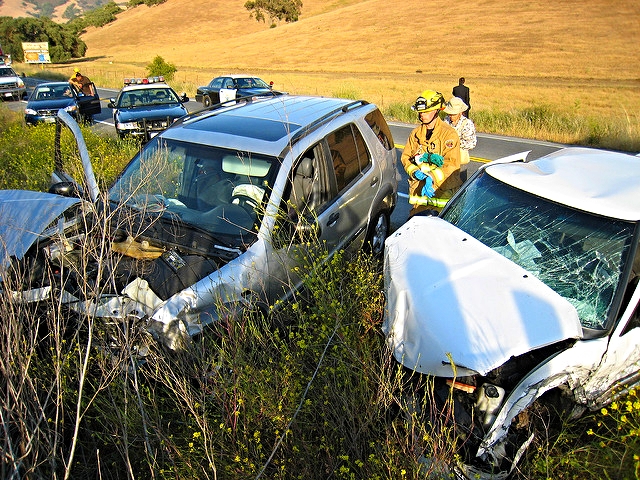If you are somebody who enjoys months long construction, you've probably been enjoying the Detroit Metro Airport construction. This $9 million I-94 repair project began on Monday, June 13th. The Michigan Department of Transportation (MDOT) told WWJ Detroit that work along I-94 near the airport, between Telegraph and I-275 will continue through mid-November.
The news station reported that nearly 11 miles of freeway and ramps in the Romulus and Taylor area are being repaired with resurfacing, concrete pavement, drainage work, and pavement markings. The majority of the workload takes place during overnight hours and full-time during the weekends. MDOT plans on working overnight on the westbound lanes of I-94, just west of Telegraph Road, 8 PM to 5 AM and around the clock on the weekends.
MDOT has planned both single and double-lane closures on I-94 which may leave only one lane open. The main ramps which lead to the airport will stay open as often as possible through mid-August, when concrete repair work will force the ramps to close.
To avoid any delays with this construction, MDOT is strongly advising drivers to use the I-275 and Eureka Road airport entrance. To follow all of this summer’s construction work and their impacts on your commute, check out MDOT’s Interactive Traffic Map.
Nobody likes traffic, and nobody likes getting into an accident. While stuck in a standstill on the way home from work, drivers will try anything to speed up their commute time, including breaking the law. If you or somebody you know has been in an accident involving a driver who just had to run that red light or turn without signaling, call The Michigan Law Firm, PLLC. Injuries can be minor enough to leave a bruise or major enough to leave you unable to go to work. Whatever the case, our attorneys will work alongside you to get you the help you deserve. Call us today, at 844.4MI.FIRM for a free consultation.











































